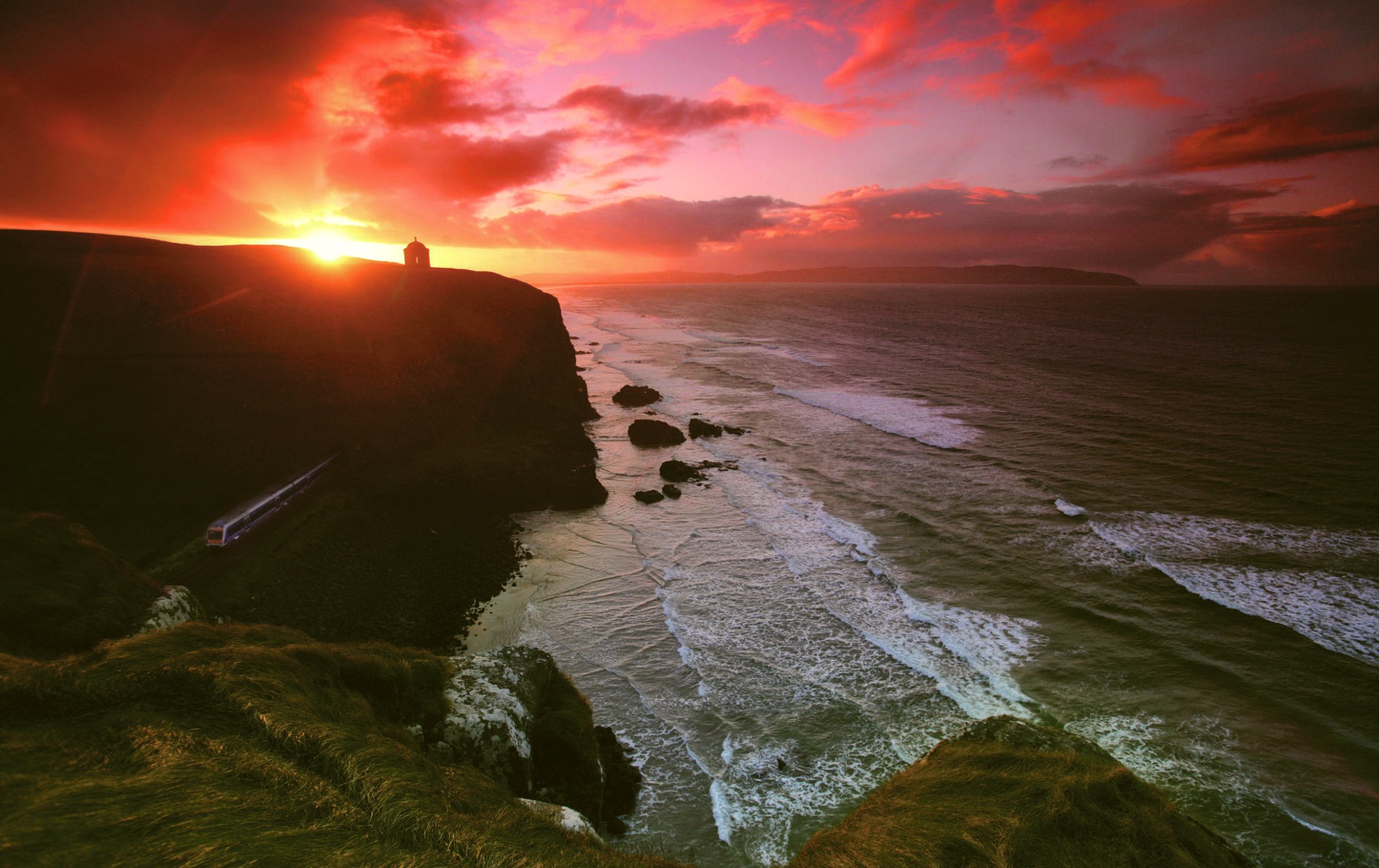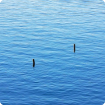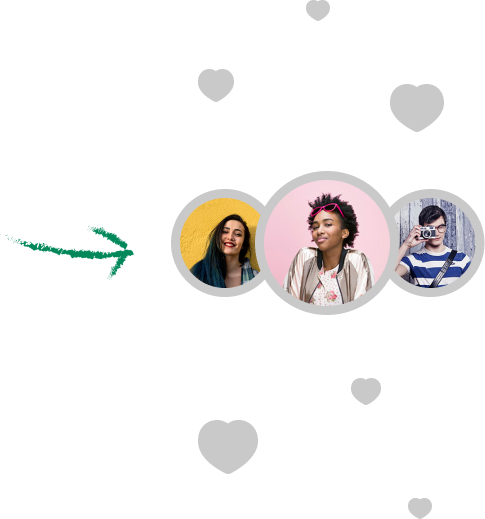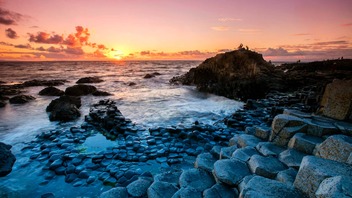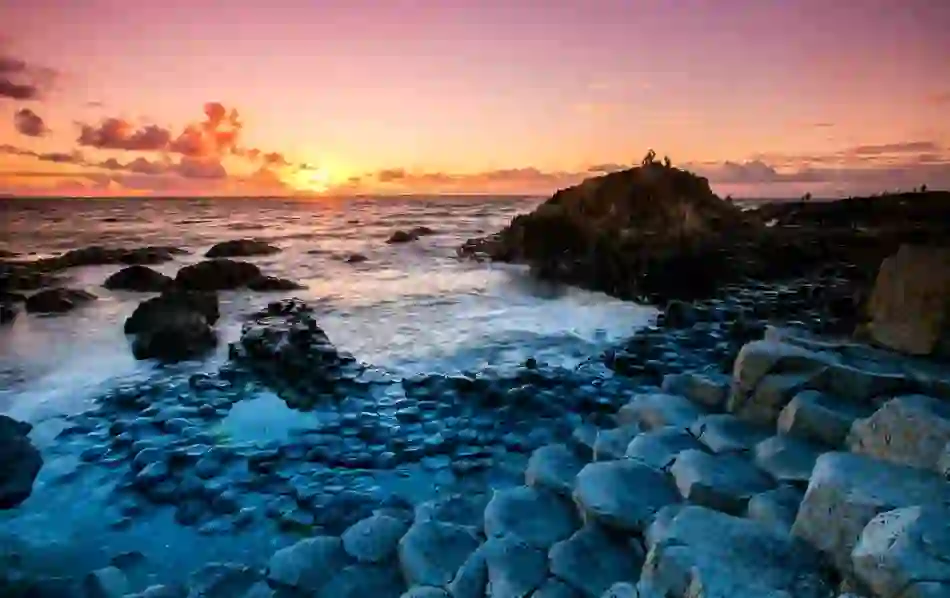
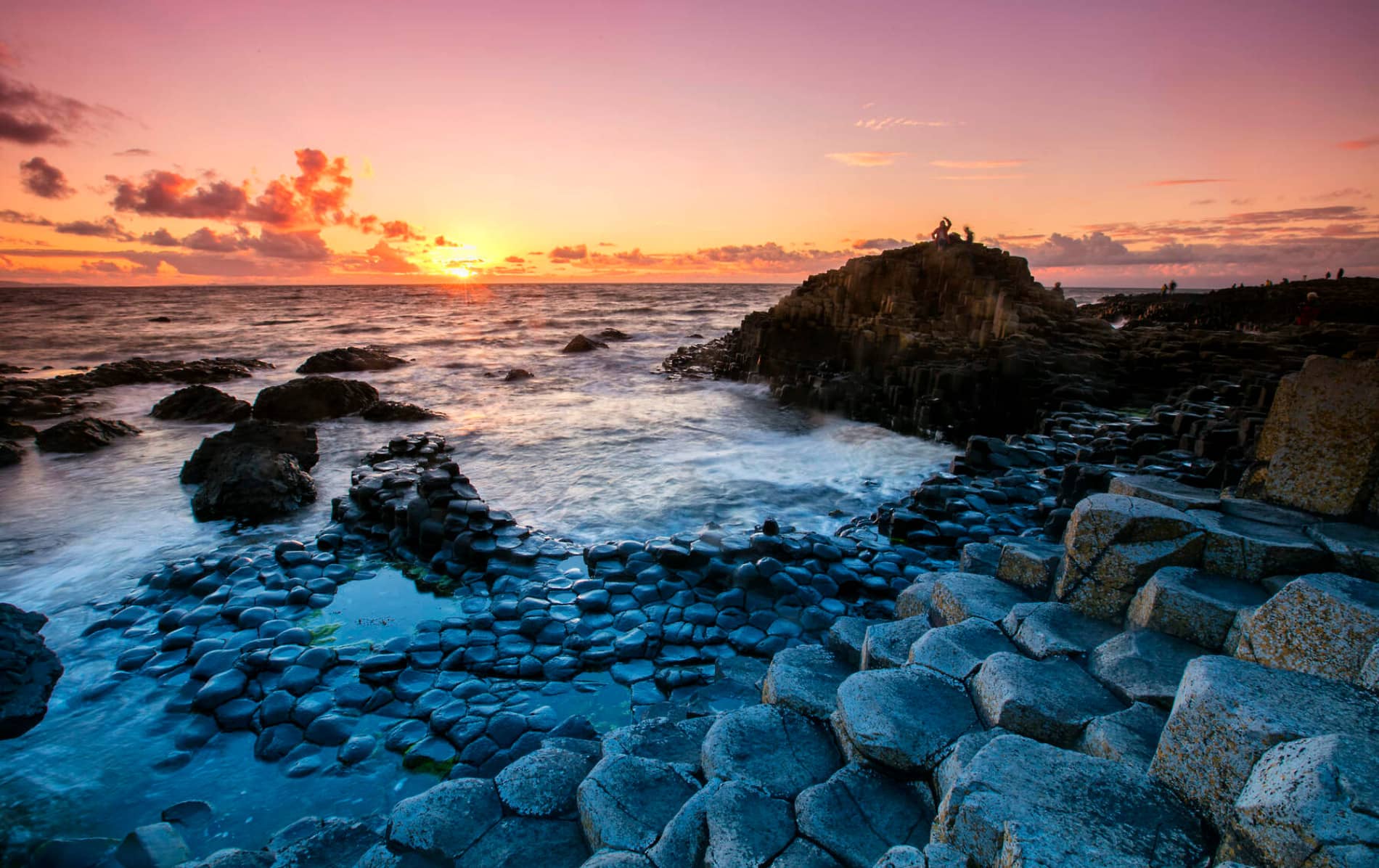
Legendäre Orte in Irland

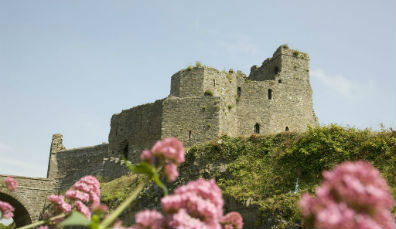
Leprechauns am Carlingford Lough, Grafschaft Louth
Die Leprechauns, die sich überall auf der Insel Irland herumtreiben, sind wohl unsere berühmtesten Fabelwesen. In Dublin gibt es sogar ein Museum, das sich nur mit ihnen beschäftigt! Doch wenn Sie selbst einen dieser Kobolde entdecken wollen, reisen Sie am besten zum Carlingford Lough. Dort fand man 1989 auf dem Berg in der Nähe einen leeren Leprechaun-Anzug. „Leprechaun-Flüsterer“ Kevin Woods ist ihnen seitdem auf der Spur …

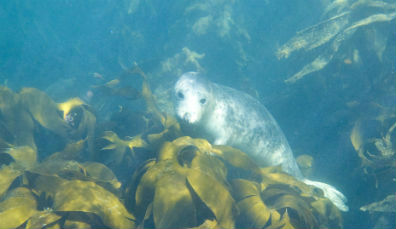
Selkies am Wild Atlantic Way
Die Selkies, die an Land die Gestalt von Menschen und im Wasser die von Seehunden annehmen, kommen in der irischen Folklore auf der ganzen Insel vor. Selkies sollen unfassbar schön sein. Es heißt, Seefahrer, die sie in den Wellen erspähen, verlieben sich sofort in sie. Um das vielleicht selbst zu erleben, müssen Sie den Wild Atlantic Way aufsuchen. Doch keine Sorge, wenn Sie dabei kein Glück haben, denn Delfine, Wale oder sogar Riesenhaie werden Ihnen sicher begegnen.

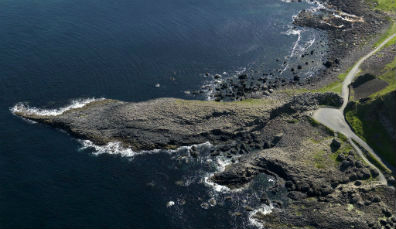
Fionn MacCumhall und der Giant's Causeway
Der Giant's Causeway entstand, als Magma aus dem Erdinneren auf das Meer traf und schließlich zu 40.000 perfekt geformten hexagonalen Basaltsäulen kristallisierte. Doch der Sage nach soll diese UNESCO-Welterbestätte einen ganz anderen Ursprung haben: den Riesen Fionn MacCumhall (Finn MacCool), der die Steine aus dem Boden riss und damit eine Brücke nach Schottland schlug, um seinen Rivalen Benandonner zu konfrontieren.

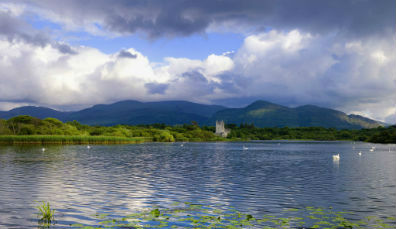
Oisín und Tír na nÓg in der Grafschaft Kerry
Kerry Oisín, der Sohn von Fionn MacCumhall, soll sich am Ufer von Lough Leane in die schöne und unsterbliche Niamh verliebt haben. Gemeinsam mit seiner Geliebten reiste er in das Land der ewigen Jugend, Tír na nÓg. Doch nach einer Weile bekam er Heimweh und sehnte sich nach seinen Verwandten. Und so lieh ihm Niamh ihr Pferd, damit er heimwärts reiten konnte. Doch bei seiner Ankunft musste er feststellen, dass in der Zwischenzeit 300 Jahre vergangen waren und seine Familie längst nicht mehr am Leben war. In seinem Gram stieg er vom Pferd, alterte um 300 Jahre und starb kurz darauf.

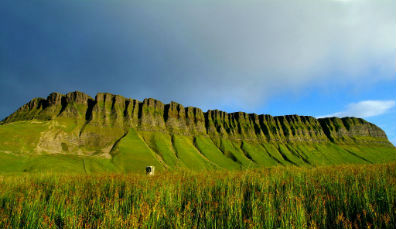
Diarmuid und Gráinne in der Grafschaft Sligo
Bei der Hochzeitsfeier von Fionn MacCumhall und Gráinne, der Tochter des Hochkönigs von Irland, erblickte die frisch verheiratete Braut den schönen Krieger Diarmuid, der zu den besten Männern in Fionns Dienst gehörte. Gráinne und Diarmuid verliebten sich auf der Stelle ineinander und brannten durch. Auf ihrer Suche nach einer sicheren Zuflucht durchquerten sie die ganze Insel. Doch bald trafen sie in einer Höhle in den Hängen von Ben Bulben auf einen wilden Eber, und dort kam Diarmuid dann auch zu Tode. Sie können die Höhle sogar besuchen und von dort aus den unvergleichlichen Blick auf den Gleniff Horseshoe Trail genießen und sich die beiden unglückseligen Liebenden in ihrem Versteck vorstellen.

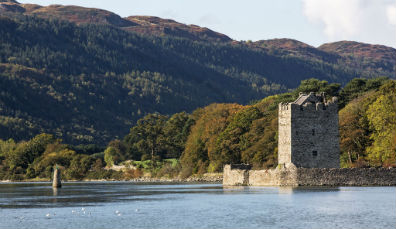
Cú Chulainn in Nordirland
Der Krieger Cú Chulainn, der in seiner Jugend Setanta hieß, kam zu seinem Namen, als er seinen Onkel, den König von Ulster, Conor Mac Nessa, besuchte. Ein Wolfshund, der dem Schmied Culann gehörte, wollte Setanta angreifen. Der aber machte dem Untier den Garaus, indem er ihm seinen Sliotar (der Spielball im heutigen irischen Hurling) in den Hals warf. Da der Schmied seinen Hund sehr vermisste, bot ihm Setanta an, auf die Schmiede aufzupassen, bis ein neuer Hund angeschafft war – und bekam so den Namen Cú Chulainn („Culanns Hund“).





